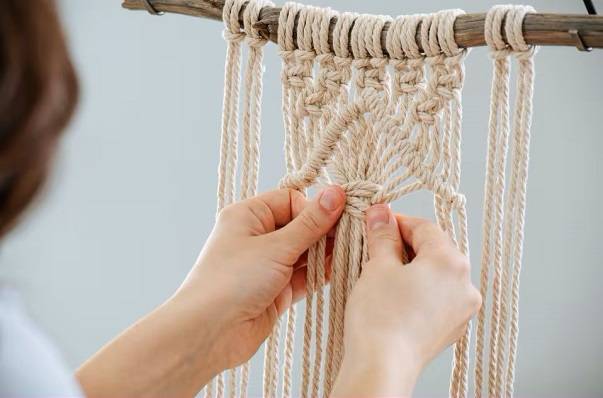CROCHET MATERIALS 101
A Beginner’s Guide on Crochet Supplies: What Does Every Crocheter Need?
Must-Have Crocheting Tools & Accessories To Make Beautiful Handicrafts

Innovation & Quality
Developing and supplying premium-quality, sustainably grown, consumer products
100% Natural
Organically Grown and Ethically Sourced
hemp and other natural fiber products
Shipping
We offer fast shipping
Your order out within 1-3 days
Wholesale
Visit our wholesale portal to register or login to your account
High-Quality, Eco-friendly Crocheting Supplies for Beginners & Advanced Crafters
Basic Crochet Tools
Crochet hook

SIZE
Yarn
Material
Shape
Weight
| WEIGHT | RECOMMENDED HOOK SIZE | USE |
|---|---|---|
| Weight 0 Lace thread (ultra fine) | B-1 or steel hooks | Lace and doilies projects |
| Weight 1 Fingering (super fine) | B-1 to E-4 | Socks, babywear, accessories |
| Weight 2 Fine | E-4 to 7 | Light garments, babywear, large lace |
| Weight 3 DK (Light) | G-6 to I-9 | Amigurumi, accessories, and sweaters |
| Weight 4 Worsted (Medium) | H-8 to K-10.5 | General use items, hats, blankets, outerwear, Afghan |
| Weight 5 Bulky | K-10.5 to M-13 | Chunky craft items, rugs, blankets |
| Weight 6 Super bulky | M-13 to Q | Heavy blankets, household décor pieces, accessories |
| Weight 7 Jumbo (Roving) | Q and larger | Finger crochet and heavy blankets |
Texture
Fiber
Color
Recommended Yarn




Sustainability Highlights: Why Choose Hemp Yarn?
- Eco-Friendly and durable - Hemp yarn is one of the most sustainable choices for crocheters. As a biodegradable material, it reduces waste and minimizes environmental impact, making it a perfect option for eco-conscious crafters.
- Strong and long-lasting - Hemp fibers are known for their exceptional durability. Crocheted items made with hemp yarn maintain their shape over time and resist fraying, making them ideal for both functional and decorative projects.
Natural beauty and versatility - Hemptique’s hemp yarn offers a natural texture that brings a unique aesthetic to your projects. Available in various colors and sizes, it’s perfect for crafting bags, blankets, or even intricate amigurumi.
Support sustainable crafting - When you choose hemp yarn, you’re supporting an eco-friendly crafting movement. By using products from Hemptique, you contribute to efforts to preserve the environment while creating beautiful handicrafts.
Perfect for beginners and experts - Hemptique's hemp yarn is easy to work with, making it a great choice for crocheters of all skill levels. Whether you’re a beginner mastering basic stitches or an expert tackling complex patterns, hemp yarn is a reliable and versatile option.
Scissors

Recommended supplies & accessories
Yarn needle

Stitch markers

Tape measure

Hook case

Project bag (tote)

Row counter








